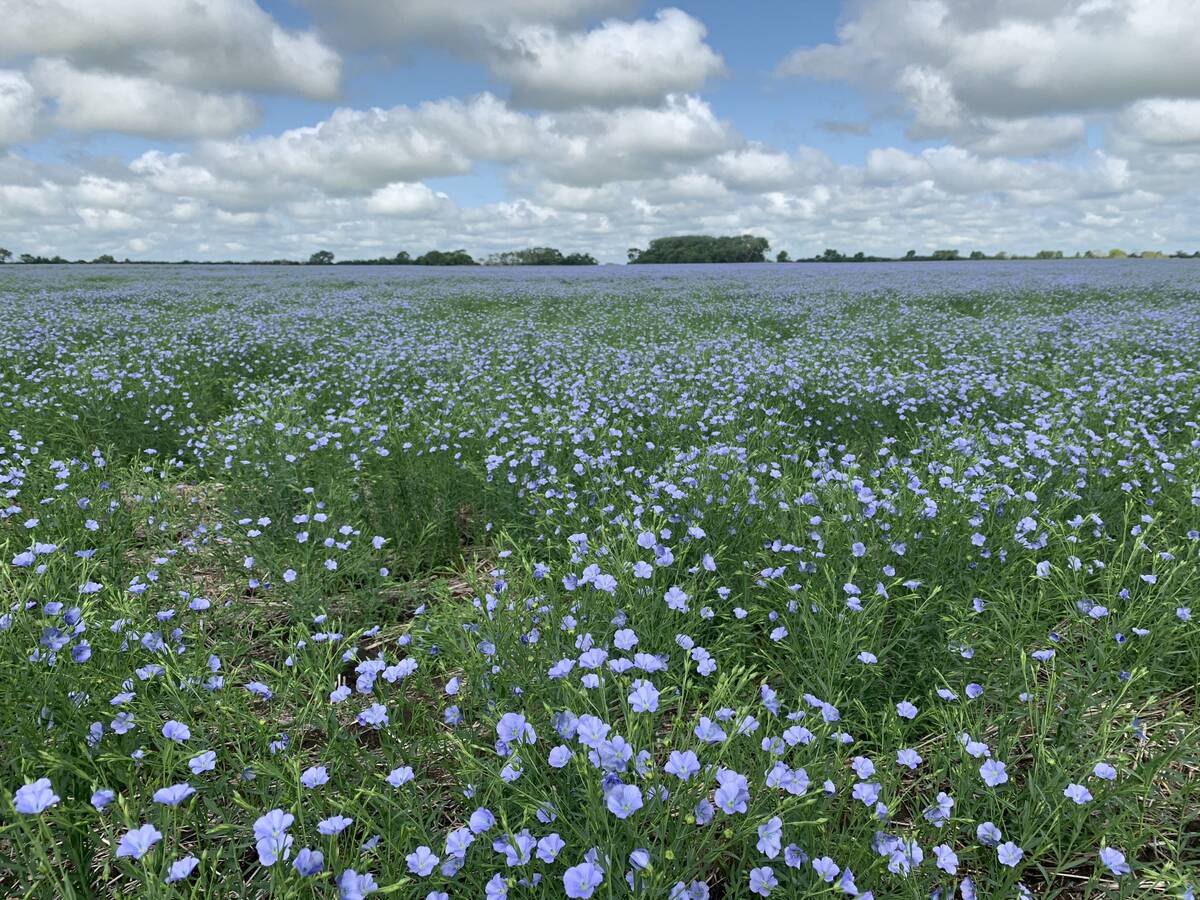Prices of the nutrient may be as low as the market can bear for 2020, retailing at $575 to $600 per tonne
Now is a good time to buy phosphate fertilizer, say industry experts.
Phosphate prices in New Orleans, Louisiana, (NOLA) in late December 2019 were the lowest they have been since December 2006.
The NOLA price is considered the starting price for North American phosphate. It was about US$240 per tonne at the end of 2019, down from $400 per tonne a year earlier.
Dan Mulder, fertilizer director with Federated Co-operatives Limited, is advising retail co-ops to start stocking their shelves at today’s prices.
He believes prices have bottomed out and will be rising as spring approaches.
Read Also

Flax sector sees omega-3 opportunity
SASKATOON — A global shortage of omega-3 oils could be an opportunity for the flax sector, says an industry official….
Once the spring rush is on there could be regional shortages leading to logistical premiums as product has to be railed into Western Canada from places such as North Carolina, Florida and Louisiana.
“When there is a shortage of supply the price typically goes up and it may go up substantially,” said Mulder.
In the past, prices have risen by C$80 to $150 per tonne from the winter lows to the spring highs.
Phosphate is the second most important fertilizer product behind nitrogen, accounting for 1.3 million tonnes of annual fertilizer sales of 6.5 million tonnes in Western Canada.
Mulder said many factors can influence future prices but he is comfortable telling growers they likely won’t be any worse off securing their phosphate supplies early this year rather than waiting for spring.
“I don’t think you’re going to do yourself any harm by getting product in position. And there could be a really good upside for you,” he said.
Growers might be able to offset part of the cost of a hopper bottom bin with the savings they realize on escalating prices, said Mulder.
Retail phosphate prices in Western Canada were around $575 to $600 per tonne earlier this week.
Prices have dropped so low that leading manufacturers of the product have been forced to curtail production.
Moroccan producer OCP Group, the world’s largest phosphate producer, announced in September that it was reducing production by 500,000 tonnes.
“They had seen the writing on the wall,” said Josh Linville, fertilizer analyst with INTL FCStone. “Things were getting nasty.”
The Mosaic Company, which is the second largest producer, also announced in September it was decreasing production by 500,000 tonnes at its Louisiana plant.
That plant is being brought back into production but in December Mosaic announced it was cutting production at its central Florida facilities by 150,000 tonnes per month.
The company said phosphate margins had become unsustainable, dropping below US$200 per tonne for the third time in the last decade.
“A third consecutive disappointing application season in North America has led to continuing high inventories and price weakness,” Mosaic president Joc O’Rourke said in a news release.
“Mosaic will not produce at high rates when we are unable to realize reasonable prices.”
The temporary curtailment measures appear to be working as NOLA phosphate prices started to slowly climb by the end of December.
“It looks like the market is convinced that a price floor has been found,” said Linville.
He too believes now is a good time for farmers to purchase the crop input. The ratio measuring the amount of corn, soybean and wheat it takes to buy one ton of phosphate is lower than it has been in years.
Linville said that is because there is a temporary glut of the ingredient in North America due to three consecutive poor application seasons.
The fall of 2019 was setting up to be a good application season in the U.S. with low phosphate prices and good grain prices.
“We thought this will be the year these guys will get ahead of it,” he said.
But a late harvest prevented fall application of phosphate and other fertilizer ingredients.
There are also problems in Australia where persistent drought is limiting what farmers will spend on fertilizer.
“My God, animals are dropping dead out of the sky from heat exhaustion. That’s not really conducive to a lot of demand,” said Linville.
Mosaic said it isn’t only a demand problem. Exporters have been flooding the market with product. China is estimated to have shipped out nearly 10 million tonnes of phosphate in 2019 and Morocco another six million tonnes.
China’s exports tailed off in the second half of 2019. Mosaic is hopeful the slowdown in exports combined with curtailed production of the ingredient will soon bring supply and demand back into balance.
“With fertilizer-depleted soils and rising agricultural commodity prices, we continue to expect robust demand and strong business conditions in the year ahead,” O’Rourke said in the news release.
Linville agreed that spring 2020 is setting up for a strong application season that could finally result in a rebalancing of supply and demand.
However, he noted that soggy soils in the U.S. Midwest could lead to spring flooding of the Mississippi River, disrupting barge shipments of phosphorus up from New Orleans.
That could compress the spring application window, further pressuring prices higher.
“I’m afraid we go from nobody will buy a thing to everybody wants to buy everything all at the same time,” said Linville.
















